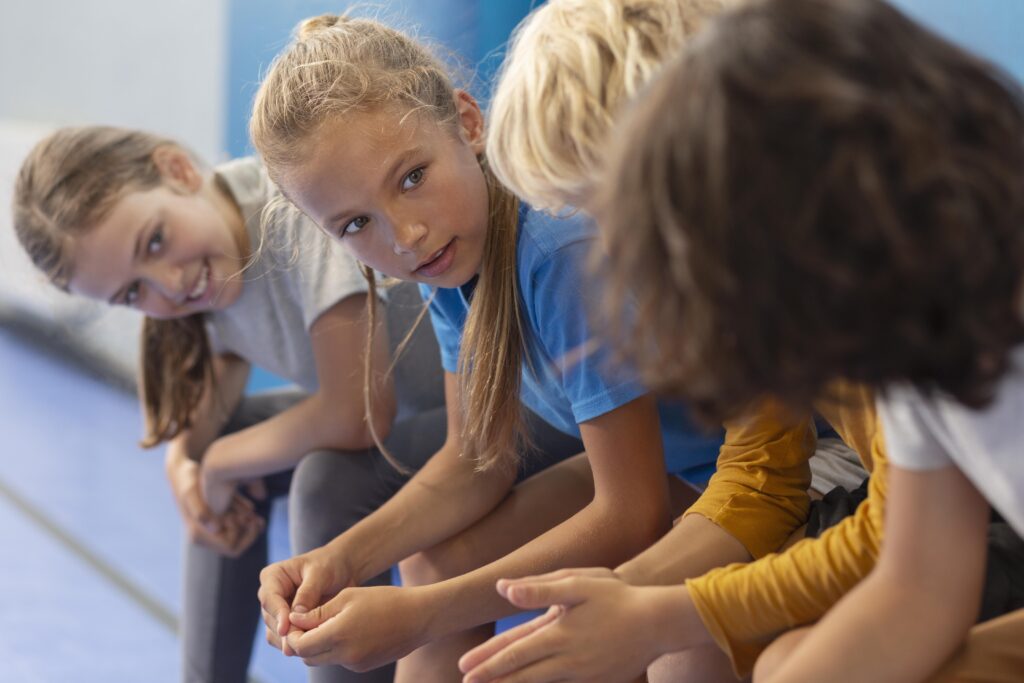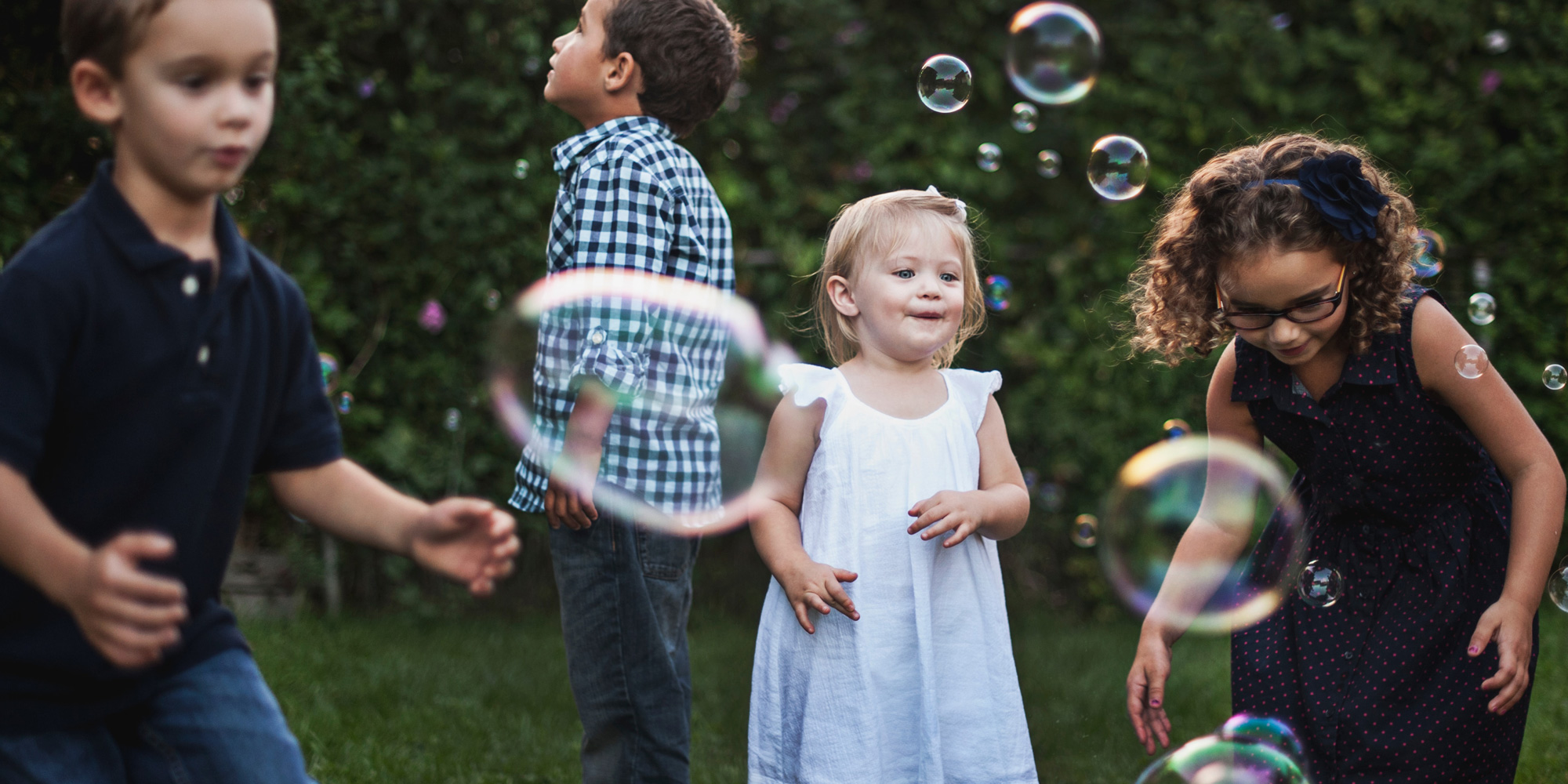
What is Child Development Class?
A child development class is an academic course designed to help students understand children’s physical, cognitive, emotional, and social growth from infancy through adolescence. The class provides a comprehensive framework for future educators, parents, and professionals who work with children to grasp the complexities of child development stages and the factors influencing growth. Whether working in educational settings or supporting community initiatives like the One Way Farm Thrift Store, students can develop strategies for supporting children’s development in school and other environments by studying these processes.
Why Is Child Development Important?
Understanding child development is crucial for anyone who works with or raises children. The knowledge gained from child development classes helps individuals recognize typical and atypical growth patterns, ensuring that children receive the proper care and support they need to thrive. Through the study of child development, students learn about critical aspects such as:
- Physical development: This includes motor skills, health, and physical growth.
- Cognitive development: The intellectual abilities of children, including memory, problem-solving, and language development.
- Social and emotional development: How children form relationships, manage emotions, and develop self-awareness.
Students also learn how environmental factors like family, culture, and socioeconomic status affect child development.
The Structure of a Child Development Class
A typical child development class covers various topics related to children’s growth and learning processes. These classes often combine theoretical knowledge with practical experience, ensuring students understand the concepts and apply them in real-life situations. For students seeking additional support, services that offer assistance like “complete coursework for me” can help manage academic workload while still gaining valuable insights from the course. Below is a breakdown of the key components:
Developmental Theories
Students explore foundational theories in child development, such as those proposed by Piaget, Vygotsky, and Erikson. These theories help explain how children learn, think, and interact with the world at different stages of life.
Stages of Development
The course typically breaks down the stages of Childhood into distinct periods:
- Infancy (0-2 years): Focus on sensory and motor development.
- Early Childhood (3-6 years): Language acquisition and early cognitive development.
- Middle Childhood (7-12 years): Peer relationships and academic growth.
- Adolescence (13-18 years): Identity formation and emotional development.
- Observations and Case Studies
Many child development classes include hands-on observation, allowing students to analyze children’s behaviors in various settings, such as daycares, schools, and home environments. These real-world examples help solidify the theoretical knowledge students learn in the classroom.
Child Development Milestones
Students learn to track developmental milestones, benchmarks used to measure a child’s speech, movement, and social interaction growth. Understanding these milestones is crucial for identifying potential developmental delays and working toward early intervention.
Who Should Take a Child Development Class?
Child development classes are essential for those pursuing careers in education, psychology, social work, pediatric healthcare, and childcare. Here are some of the roles that can benefit from this course:
- Teachers and educators: To support learning and behavioral needs in the classroom.
- Parents and caregivers: To understand and nurture their child’s growth stages.
- Pediatric healthcare professionals: To assess the developmental health of children.
- Social workers: To provide services that support children’s well-being and family dynamics.
The Benefits of Taking a Child Development Class
Enhanced Understanding of Children’s Needs
A child development class equips students with a deeper understanding of how children think, feel, and behave at different stages of life. This knowledge is crucial for creating environments that foster learning, security, and growth.
Effective Communication Skills
Understanding the developmental stages helps educators and parents communicate more effectively with children. For example, knowing that toddlers have limited vocabulary but high emotional intensity enables caregivers to tailor their communication strategies to suit the child’s developmental level.
Intervention and Support
Professionals trained in child development can identify early signs of developmental delays or behavioral issues. Early identification enables prompt interventions that can significantly improve a child’s educational and social outcomes.
Creating Inclusive Environments
With the increasing focus on inclusive education, understanding child development allows educators to cater to diverse learning needs, ensuring all children feel supported and valued.
How Child Development Classes Prepare Future Educators
Educators who understand child development can design lesson plans and classroom environments that support children’s learning and growth. For example, a teacher who understands that children in early childhood are developing their fine motor skills may include more hands-on activities like drawing or using manipulatives to enhance motor development. A strong grasp of Physical Development in Children allows educators to incorporate activities that promote both gross and fine motor skills. This course also helps educators recognize when a child may need additional help, ensuring they get the support required to succeed.
Trusted Sources for Child Development Information
While attending a child development class, students are encouraged to consult trusted sources to deepen their understanding of the subject. Some recommended resources include:
- The Centers for Disease Control and Prevention (CDC) provides comprehensive information on child developmental milestones and early intervention services (source: CDC Milestones).
- The American Academy of Pediatrics (AAP) provides child health and development guidance for healthcare professionals and parents (source: AAP Healthy Children).
- The Child Development Institute (CDI) is a valuable resource for up-to-date research and practical advice on child development (source: Child Development Institute).
Conclusion
A child development class is vital in educating individuals about the complexities of children’s growth. From understanding developmental milestones to applying developmental theories in real-life situations, this course provides essential skills for anyone working with children. Whether you’re a future educator, healthcare professional, or simply interested in child development, this class offers invaluable insights into how children learn and grow. By studying child development, you become equipped to create positive, supportive environments where children can thrive.
